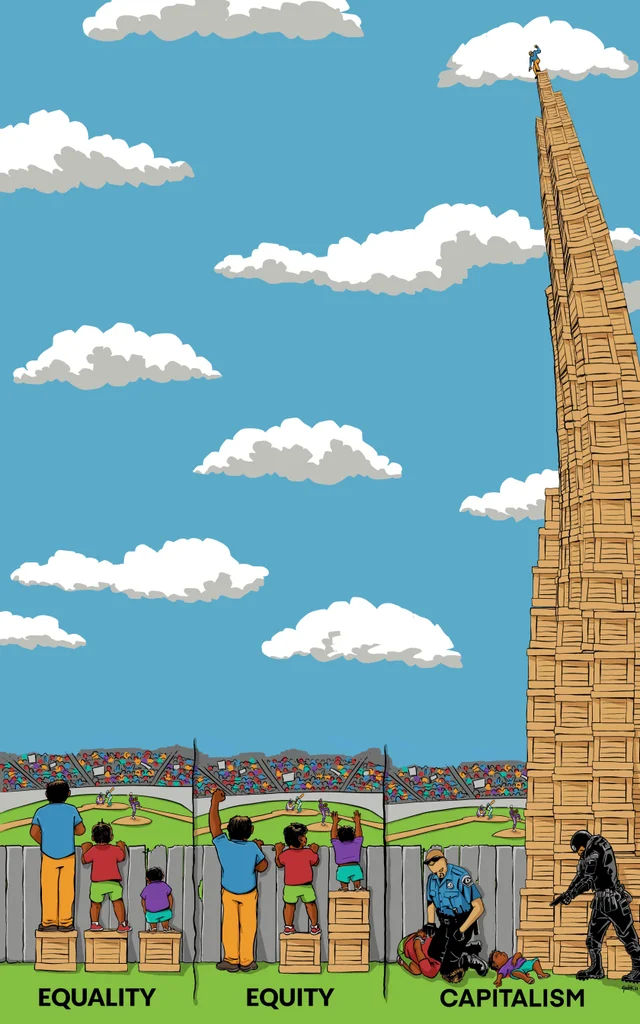this post was submitted on 30 Jul 2024
954 points (98.1% liked)
196
16501 readers
3065 users here now
Be sure to follow the rule before you head out.
Rule: You must post before you leave.
founded 1 year ago
MODERATORS
you are viewing a single comment's thread
view the rest of the comments
view the rest of the comments

Curiously in Economics 101 circa 1985, there was a whole section on wealth disparity, featuring a graph with a diagonal line (perfect distribution), and the plotted chart that bowed underneath that line, showing how much extra wealth the rich have over the poor. When the area between those two lines gets too large, it leads to all the shit we hate about capitalism: suffering, regulatory capture, eventually state failure and civil war (followed by famine and pestilence).
The point of the section was don't let this happen. And the state was supposed to do anything necessary to preserve a low disparity, or a pretty even distribution.
And by a pretty even distribution something like the richest people having 100x the average wealth, and the poorest having 1/100 the average wealth, so there's a significant amount of latitude.
These days, the top three richest have more money than the bottom 160 million poorest in the US. So we are well beyond the civil-war and failing state points.
But then the state is failing and civil war may be imminent.
Econ 101 is designed to obfuscate the real issues. Even talking about specific wealth distribution ratios is falling for the misframing of the issues that Econ 101 wants to lead people into with the pie metaphor. In the capitalist firm, the employer holds 100% of the property rights for the produced outputs and liabilities for the used-up inputs while workers qua employees get 0% of that. The entire division of the pie metaphor in Econ 101 is based around hiding this fact
@196
I think your definition of "we" is what's holding this back. They did not have "we" in mind when making precaution.
I guess, then, we're soon going to see if a we emerges, or if the new order is able to dispose of the potential wes one them at a time.